The History of Ai-Live
2006
Making an impact in education
Deaf students were 2.5 times less likely to finish high school, relying on note takers, sign language interpreters and lip reading to gain access to classroom content. Alex and Tony knew that to have a meaningful impact on the lives of people who are deaf or hard of hearing, the key was to innovate in the education space. Live captioning in the classroom would ensure that Deaf students had direct access to the English language in real time.
Up until now, live captioning had been delivered using specially trained stenographers, however technology had presented some new solutions. Speech recognition software had improved significantly, largely aided by some huge leaps in computer processing speeds, and it became possible to deliver live content through respeakers – people who had the aptitude to listen to content and respeak it into speech recognition software specially trained to their voice. We began researching how to create a live captioning solution using respeakers to deliver live captioning at the speed of speech.
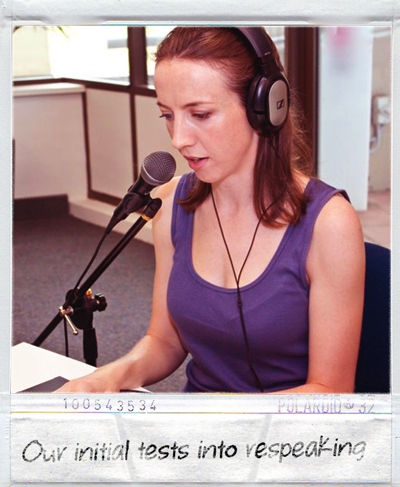
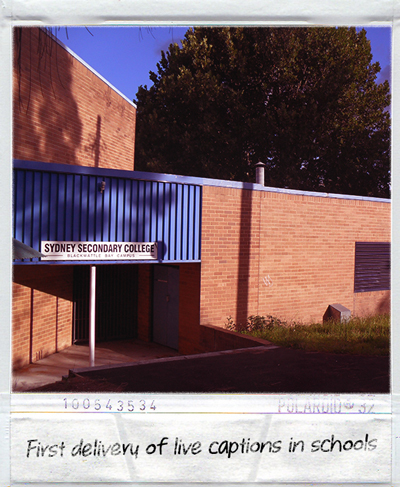
2008
First live test for classroom captioning
We ran our first on-site test into delivery of live captioning for deaf students in mainstream classrooms. Partnering with the NSW Department of Education, we set up a live test at Blackwattle Bay Campus in Glebe, NSW. That particular school was chosen because it had a large broom cupboard located next to the classroom and it was within this cupboard that our first respeaker tested the delivery of live captions for a deaf student, whereby she would respeak into her computer and the student was sharing her screen connected over the school’s wifi. The trial was a huge success.
2009
From the broom cupboard to the office
We then had the technical challenge of trying to get the captioners out of the broom cupboard by delivering text over the Internet from the captioner’s machine back to the student without delay. The Internet is designed to get a packet of information from one place to another place eventually. It is not actually designed to get information from one place to another quickly. So we went and built that streaming solution which is now patent protected and remains at the core of Ai-Live.
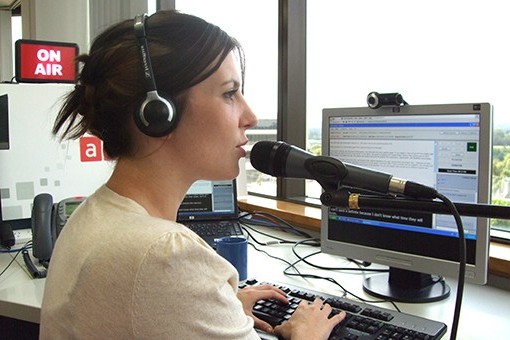
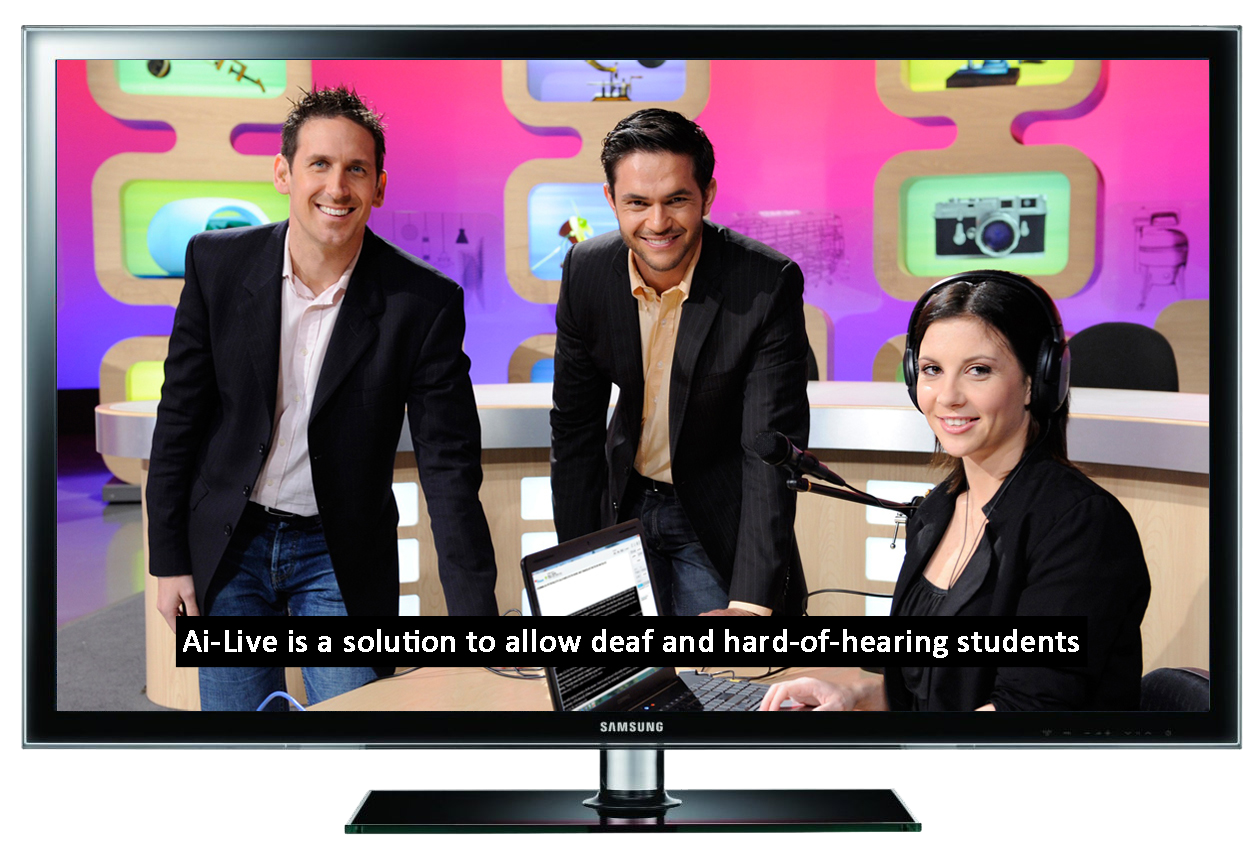
2010
“New Inventors” Win
Ai-Live wins its feature episode on the ABC’s New Inventors program for the enormous potential impact of the technology as a practical, affordable, reliable and scalable solution allowing deaf and hard-of-hearing students to participate fully in mainstream classrooms.
2013
The unexpected discovery
We were well underway with another similar trial into live captioning with the Victorian Department of Education for 30 deaf students in 12 Victorian schools. The University of Melbourne completed an 18-month evaluation into the effectiveness of live captions and discovered that, not only were they helpful for the students, but teachers were changing the way they taught because they were reviewing the transcripts from their lessons. This observation gave rise to an idea – how could captioning help teachers and improve the outcomes for students. We began working on a new project with the University of Melbourne called The Visible Classroom.
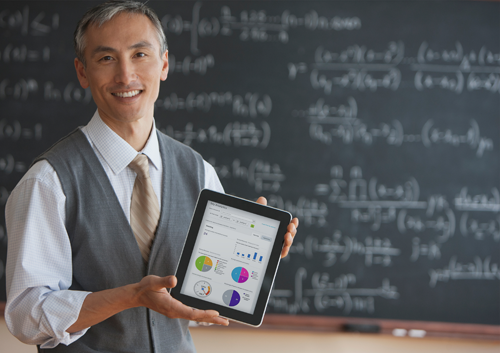
2014
Trials begin into captioning for students with ASD
We opened our operation in London delivering live captions for deaf professionals all over the UK. We also met Eileen Hopkins, an expert in the field of Autism and began exploring the idea of training captioners to summarise content to make it more accessible for a range of students including those with ASD. In the same year, we began providing “Simple Text” captions into classrooms in the UK.